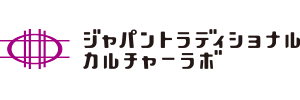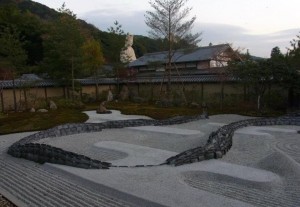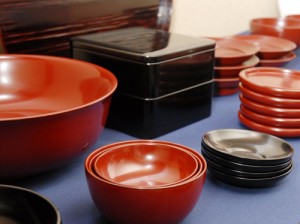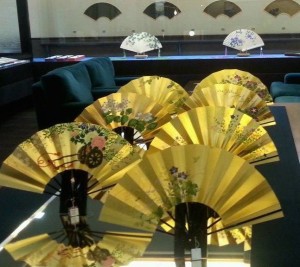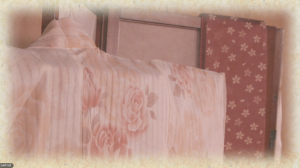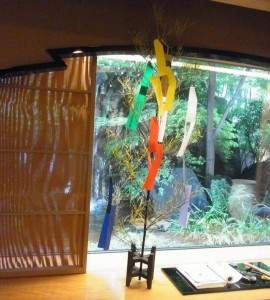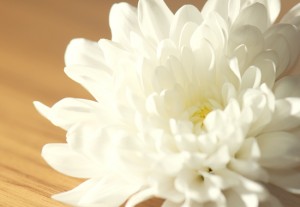
9月9日は五節句の一つである「重陽の節句」。またの名を「菊の節句」ともいいます。
陰陽思想では奇数は(縁起の良い)陽の数であり、陽数の最高の数が9です。このことから9月9日は、陽が重なる日であることから「重陽」と呼ばれます。
菊は不老長寿の象徴として尊ばれ、重陽の節句には、菊を飾ったり、菊酒をのんだりして、無病息災・不老長寿を祈ります。
Chrysanthemum Festival(Septebmer 9)
September 9 is known as choyo, literally double yang. Choyo is one of gosekku , the five seasonal festivals and also called as kiku no sekku , Chrysanthemum Festival.
According to the yin and yang thought, odd numbers are yang, and its extremity is nine. Therefore September 9 is 9.9 and double yang, double nine.
People used to decorate chrysanthemum and drink sake floating the petal of chrysanthemum to celebrate wishing the long life.
